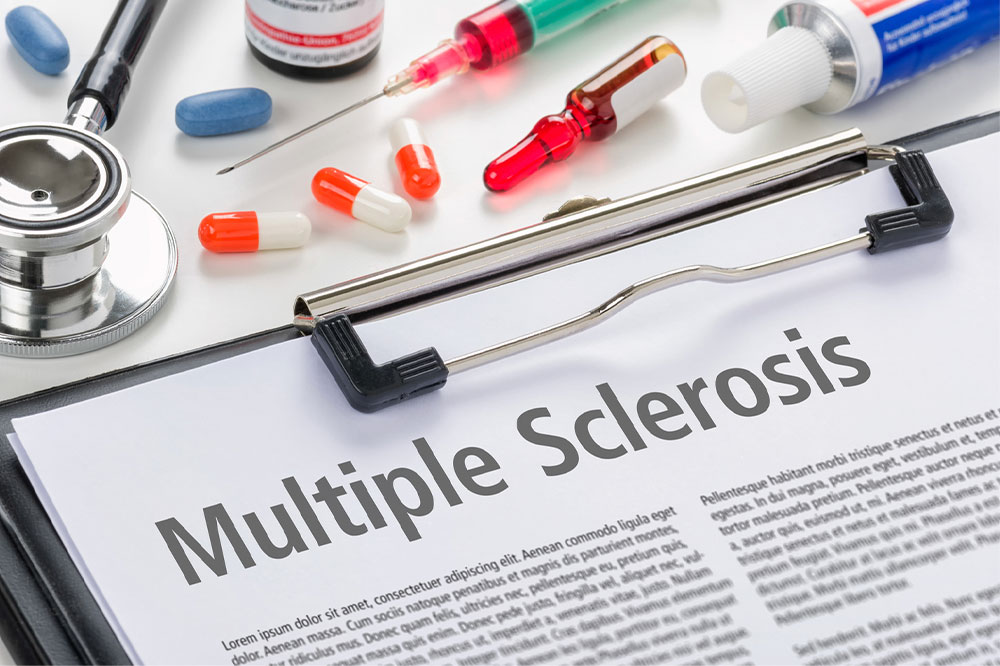7 early warning signs of lymphoma in children

Lymphoma is a type of cancer that develops when white blood cells called lymphocytes grow abnormally. While the disease is rare, both non-Hodgkin and Hodgkin lymphoma are the third most common cancer in children. The precise cause of lymphoma in children is yet to be determined. In the meantime, experts recommend one learns about these seven warning signs of cancerous development in children that appear in various types of lymphoma.
Lumps under the skin
Non-Hodgkin lymphoma (NHL) may grow in lymph nodes under the skin (on the sides of the neck, above the collar bone, groin area, or the underarm region). The enlarged nodes are usually seen or felt as lumps under the skin and are not painful. These might be noticed by the child, parent, or healthcare provider. One should note that enlarged lymph nodes are usually caused by infections rather than by NHL. Those that grow in reaction to infections are called reactive or hyperplastic nodes and are tender to the touch.
Swelling or pain in the abdomen
A child who develops lymphoma in the abdomen may experience pain or swelling in the region as the cancer grows and spreads. The symptoms may stem from a lymph node or organs, such as the liver or spleen, enlarging.
Loss of appetite
Sometimes, the child might lose their appetite or feel full after a small meal. This could happen due to various health conditions, environment, and mood. However, experts suggest that it could be an indication of lymphoma. When cancer causes the spleen to enlarge in the abdomen, it may also press against the stomach. As a result, the child might not want to eat and feel full quickly. A lymphoma in the stomach or intestines could also trigger symptoms like nausea or vomiting.
Breathing difficulties
One may experience trouble with breathing or breathing heavily for multiple reasons. These include when they have a cough or cold or after following intense exercise routines. But if this occurs out of the ordinary, including in children, it could be an early warning sign of lymphoma. When the development starts in the thymus or lymph nodes in the chest, it could press against the nearby trachea. The phenomenon could trigger breathing difficulties, coughing, and chest pain or pressure.
SVC syndrome
Children with lymphoma in the chest might also develop SVC syndrome. The superior vena cava (SVC) is the large vein carrying blood from the head and arms to the heart. The vein passes by the thymus and lymph nodes inside the chest. If the lymphoma pushes on the SVC, it could result in the blood backing up in the veins. Consequently, the child might develop swelling in the head, upper arms, and upper chest. SVC syndrome could also trigger trouble breathing and a change in consciousness if it affects the brain. If parents notice this, they should contact a healthcare professional immediately.
Headaches
Lymphoma that develops in the central nervous system may trigger headaches. Lymphocytes travel in and out of the central nervous system (CNS). If these lymphocytes become malignant, they could cause lymphoma to form in the CNS. Primary CNS lymphoma can start in the brain, spinal cord, or meninges. Other than headaches, one may experience other associated symptoms, such as trouble thinking, weakness in parts of the body, seizures, and personality changes.
Raised itchy skin bumps
Raised skin bumps are common and harmless in most cases. They might appear due to skin conditions like keloids, acne, allergies, and shingles. Still, one must see that they speak to a healthcare professional if they notice these skin bumps on children. These could be an early indicator of lymphoma of the skin. The symptoms could be itchy, red, or purple lumps or nodules forming under the skin.
Other signs of lymphoma to note
Along with causing symptoms in the part of the body where lymphoma starts, the disease could also cause general symptoms that can be misidentified as those of other conditions. Children may experience unexplained fever, chills, and excessive sweating (particularly at night). The child might also notice a reduction in BMI, even though they were completely healthy a while ago. Healthcare experts sometimes call these B symptoms, seen in rapidly growing lymphomas. Some lymphoma types may also spread to the bone marrow and crowd out the normal, healthy cells that make new blood cells. As a result, the child’s blood count may drop and trigger severe or frequent infections, easy bruising, fatigue, and pale skin.






